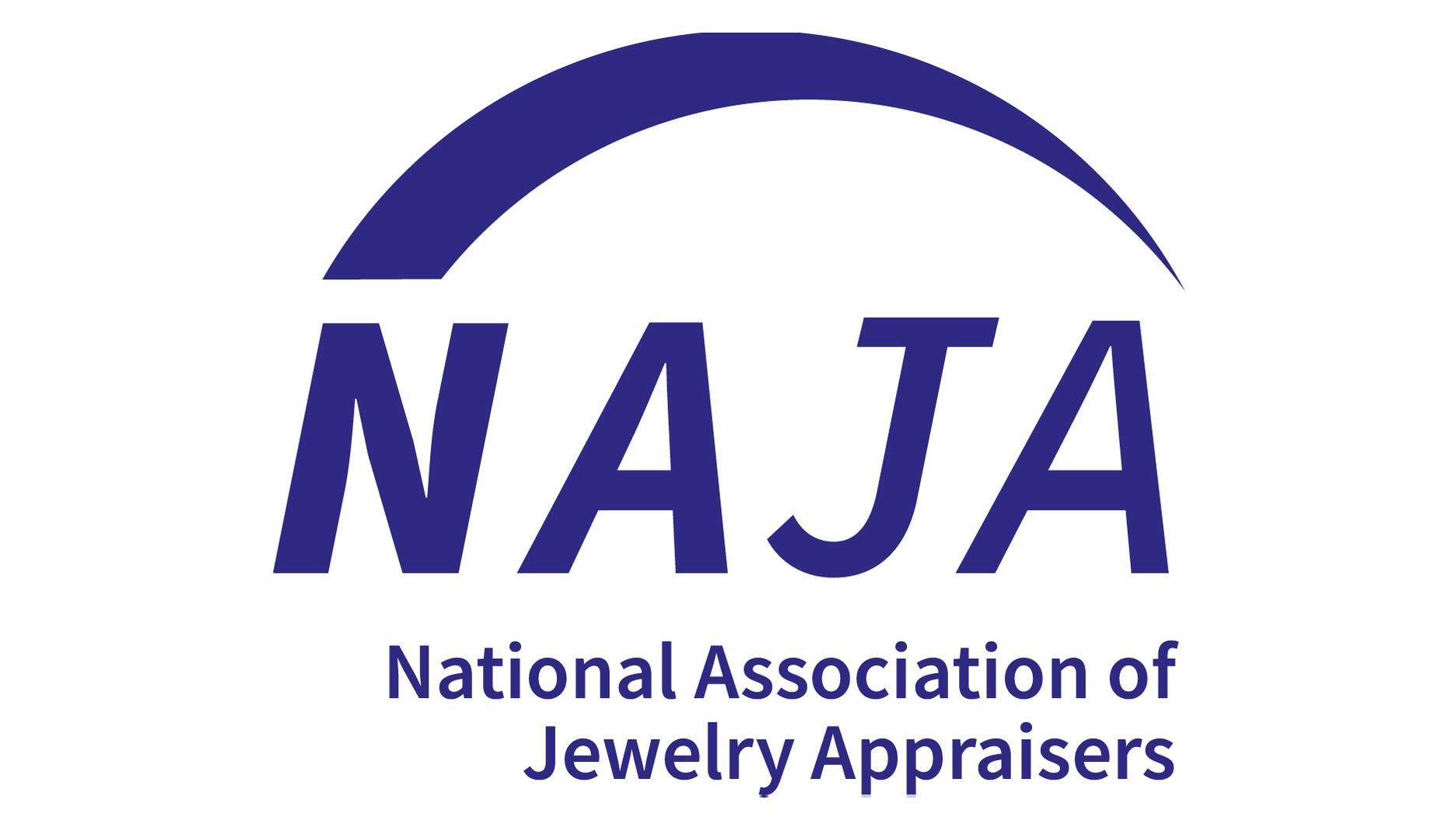A Day in the Life: ‘Avi the Gem Guy’ Rahmanim
In a Q&A, the gemstone wholesaler shares how he built up his TikTok following by giving viewers a behind-the-scenes look at the industry.

Everyone has a guy for something, and Rahmanim knows his diamonds and gemstones better than most.
Whether he’s debunking gemstone myths or giving his audience a behind-the-scenes look at price negotiations, his videos have garnered more than 17 million likes.
Rahmanim is president of Rahmanim Gems, the gemstone wholesale business founded by his father, Ben Rahmanim, after he immigrated to the United States from Iran in the 1980s.
When his father began to develop dementia, Avi buckled down and learned the ropes, taking over the business in 2015.
In a recent Q&A with National Jeweler, he let us in on what a day in his life is like and why he decided to document his work via video.
This interview has been edited for length and clarity.
National Jeweler: When you’re not being “Avi the Gem Guy” on TikTok, you’re the president of Rahmanim Gems. What are your responsibilities?
Avi Rahmanim: Well, a bit of everything I would say. I manage the day-to-day operations. We’re a colored stone wholesaler so we do most of our buying overseas, like in Sri Lanka and Thailand. Then we import it and resell it wholesale to retail jewelry stores.
We have an office on Chicago’s Jewelers Row, so we share a building with around 84 different jewelers. So, people know us and they come by asking for stones. They’ll get a call for something specific and we’ll curate that for them.
NJ: Tell me about your typical day at work. How do you start your day?
AR: When I get to the office, I start by setting up the gemstones in the showcases. I browse a few group chats, like WhatsApp and Facebook, and see if anyone has tagged me in something, like if they need information from me.
Then, if we’ve bought new stones, I add them to the system, take some nice photos, and add them to the website.
It’s pretty often that someone will come in trying to sell things, so if I find a good deal, then I’ll buy it.
NJ: I found you on TikTok and what I like about your videos is that you’re sharing a glimpse of this insular industry with other people. What made you decide to start video-documenting what you do?
AR: I always had an Instagram account, since like back in the day. I would just post pictures of gemstones and it wouldn’t gain that much traction, honestly. It was just like what everyone else was doing. There were thousands of accounts making videos of just gemstones.
When TikTok came around, a friend suggested I start making videos because it was a new platform with new opportunities to gain an audience.
So, when I started making videos, I made basic explainer videos about different aspects of gemstones and diamonds, like quality, clarity, cut, all that stuff.
What really started to take off is when I started making videos that called out fake videos.
(Rahmanim has a series of debunking videos, including ones where he gives his opinion on whether certain gem finding/mining videos are real, like a woman supposedly finding a large piece of jade under a chunk of ice.)
I think the first video I had go viral was a response to a video of someone holding a GIA report next to this giant green-looking brick, calling it an emerald, when you know it’s dyed green beryl. They said the appraisal said it was worth like $4 million when in reality it was probably worth a few bucks.
So, I made a video calling that out, and it was like the first one to go viral and then that was my thing for a while.
Then, if someone comes to sell me something and it turns out to be fake or treated, I explain how I caught that.
Eventually, I started posting more behind-the-scenes stuff of how I buy gemstones. It’s cool because people kind of like to see what really goes into it.
NJ: I like your negotiation videos, where you show how you settle on a price for a gemstone or diamond. That process is so vital to how the industry works. How did you hone that negotiation skill? You don’t really seem to lose your nerve, which I think some people might.
AR: My first buying trip ever was with my dad, once he started to get sick with dementia. I was a college student and we decided I would go with him.
He was still functioning at around 80 percent, let’s say, so I was going there to learn the business. I had an idea that I would go into the family business, but I wasn’t dead set on it yet.
As a sophomore in college, I went with him on a buying trip to Sri Lanka and Bangkok, Thailand. I followed him around and observed everything to see how he critiqued the gemstones.
I watched how he negotiated, specifically in Sri Lanka where there’s an open gem market. I gained all the info I could, taking notes on a notepad.
A couple of years later, I went on my first solo buying trip, my father hadn’t gone since, and that’s where I would say I learned the most of it.
It puts you in a position where you have to get a good deal. So, I learned from being there by myself and observing how my dad did it.
WATCH: Avi Rahmanim’s Buying Trip to Sri Lanka
NJ: Going back to your TikTok, you have around 670,000 followers. In terms of your audience, who is your typical viewer?
AR: The analytics say around 75 percent of the audience is male between the ages of 18 and 34.
TikTok is definitely a younger audience than other platforms. Looking at my followers, 63 percent are 18 to 24 while 24 percent are 25 to 34 and around 8 percent are 35 to 44.
The majority, 77 percent, are male, while 33 percent are female.
The followers are from all over the world. I have a big following in Australia.
NJ: How often would you say your videos translate into a new customer?
AR: Well, it depends. That’s the reason I started my candle business, Fire Gem Candle. (Rahmanim sells a variety of scented candles, each with a real gemstone inside.)
It’s to cater to a younger audience that doesn’t have the disposable income to spend $2,000 to $5,000 on a sapphire.
We’re still primarily wholesale so we’re not jumping fully into retail. We do have some private clients, like family and friends.
I’ve had a few sales here and there when I post things, but the sales have mostly come from the candles or lower-quality gemstones, like $99 and under. Those sell well.
I am trying to have a middle tier. There are a few finished pieces on my website, but they’re still above $1,500. I’d like to find a happy medium, like in the $500 to $1,000 range, because that could have potential.
NJ: Jewelers sometimes have safety concerns related to filming in their stores. Do you have any security concerns about filming a lot of what you do?
AR: I try not to publicize my physical address. But we work on a floor within a jewelry building, so it’s not so much of a concern for me.
In a jewelers’ mall, anyone can walk in at any time so there are already certain security measures in place.
NJ: What would you say is your favorite part about your job?
AR: I really do enjoy buying, especially with people whom I know and have established relationships with.
There are a lot of friendships that come out of this business in a way too. If you do business with someone for a while, it’s nice.
I actually work very closely with a lot of cousins in the business and a lot of family here in Chicago. It’s fun to buy and sell with them. I like the social aspect of it.
I’m not sitting at a desk job all day, there’s a lot of action involved, which is good.
NJ: If you couldn’t have the job you have now, what would you be doing?
AR: I’d be an engineer. That's what I was thinking of doing before joining the industry. I have a fascination with things related to mechanical engineering.
NJ: Last question for you. If you could give one piece of advice to someone aspiring to be in your field, what would you say?
AR: Don’t be scared of making mistakes. You learn by buying things and seeing if they sell. If you buy something that doesn’t sell, you learn not to buy that again. You just have to learn from your mistakes.
The Latest

The couple pleaded guilty to concealing at least $127 million in cash transactions at its precious metals businesses.

Consumers shared concerns about prices, inflation, tariffs, trade, and politics in the survey’s write-in response section.

In February 2026, the auction house will move its headquarters to the former Steinway Hall, a neoclassical landmark on Billionaires’ Row.

How Jewelers of America’s 20 Under 40 are leading to ensure a brighter future for the jewelry industry.

The new show will take place Jan. 23-25, 2026.


The LVMH-owned brand has partnered with the costume design union to revamp its award for 2026.

The luxury titan inked a deal to acquire an initial minority stake in the jewelry manufacturer with a pathway to full ownership by 2032.

Roseco’s 704-page catalog showcases new lab-grown diamonds, findings, tools & more—available in print or interactive digital editions.

The company’s curation of unsigned vintage and estate jewelry debuted at the Bloomingdale’s in Costa Mesa, California.

In the recent multi-shipment seizure, CBP also found counterfeit Audemars Piguet, Moncler, and Chrome Hearts items.

Helzberg’s Chief Retail Officer Mitch Maggart shared details about its tests of a new store concept rooted in an elevated luxury experience.

Jewelers of America execs and National Jeweler editors discuss tariffs, the sky-high gold price, and the engagement that broke the internet.

The luxury goods company said founder Ippolita Rostagno will remain at the brand’s helm.

Laura Burdese, who joined the Italian luxury brand in 2022, will take on the role in July.

The National Jeweler editors revisit the most noteworthy industry happenings and design trends from 2025.

Need a gift for the cat lover who has everything? Look no further than our latest Piece of the Week.

It purchased the “Grosse Pièce,” an ultra-complicated Audemars Piguet pocket watch from the ‘20s, for a record-breaking price at Sotheby’s.

The lab-grown diamond grower now offers custom engagement and fashion jewelry through its Kira Custom Lab Jewelry service.

Chandler got his start at Michelson Jewelers and has served as DCA president and CEO since 2001. He will retire at the end of the month.

The boutique is slated to open this week inside Terminal 8, offering pre-owned Rolex watches and more to international travelers.

Sponsored by Digital Monitoring Products

The special-edition egg pendant ingested in a New Zealand jewelry store was recovered after a six-day wait.

Associate Editor Natalie Francisco plays favorites with Piece of the Week, selecting a standout piece of jewelry from each month of 2025.

The “Love and Desire” campaign is inspired by the magic that follows when one’s heart leads the way, said the brand.

Two awardees will receive free tuition for an educational course at the Swiss lab, with flights and lodging included.

Berta de Pablos-Barbier will replace Alexander Lacik at the start of January, two months earlier than expected.

Sotheby’s held its first two jewelry sales at the Breuer building last week, and they totaled nearly $44 million.



























